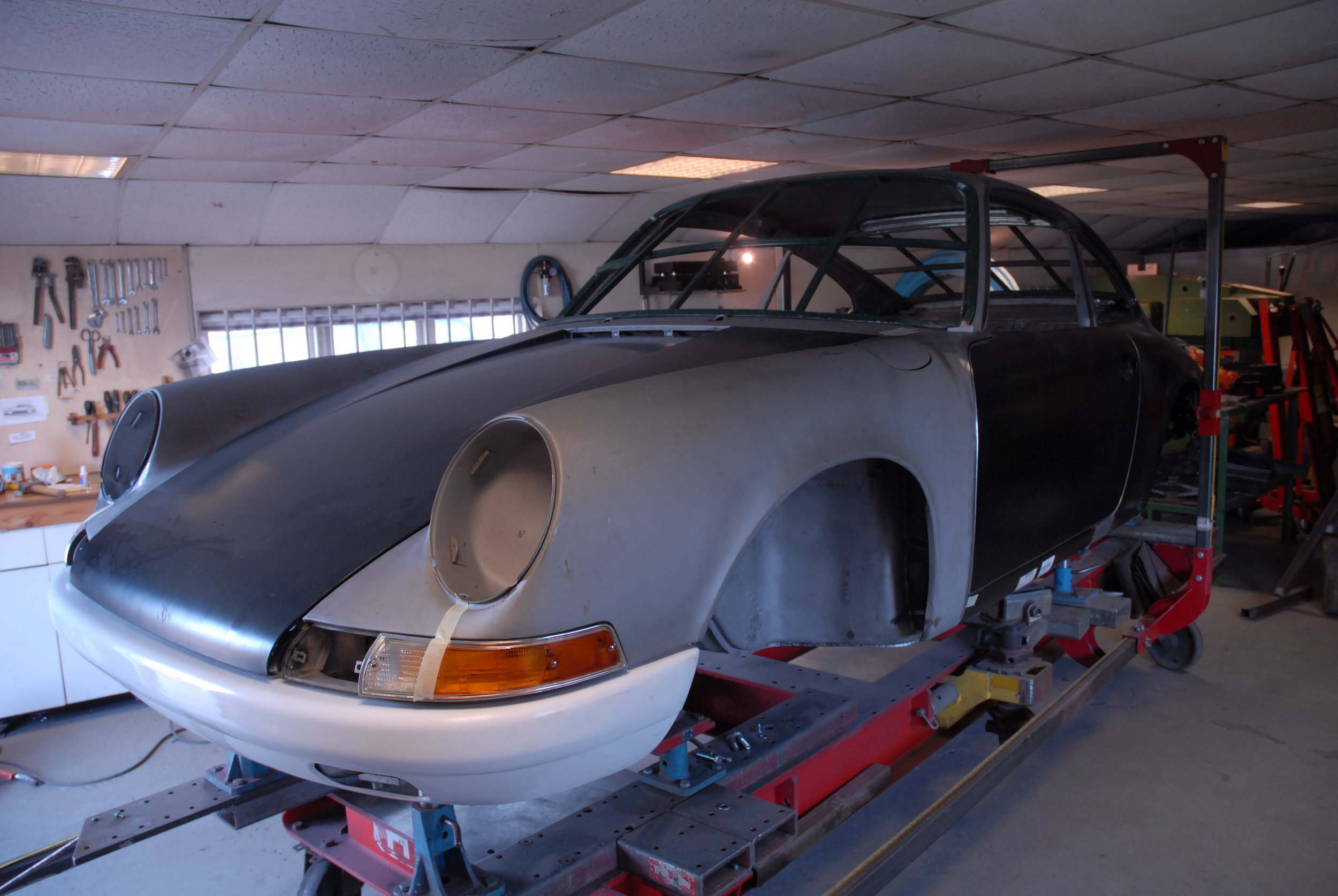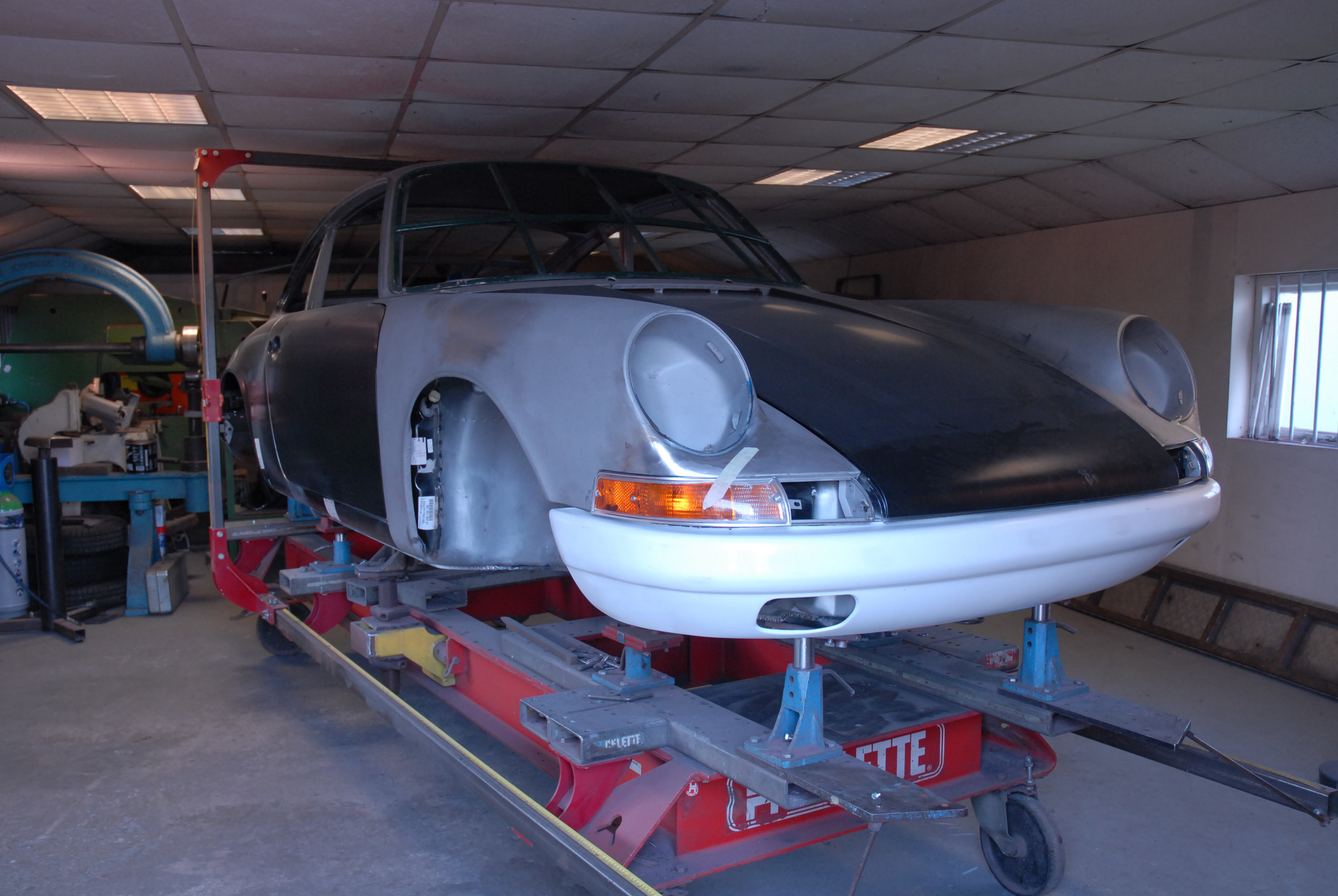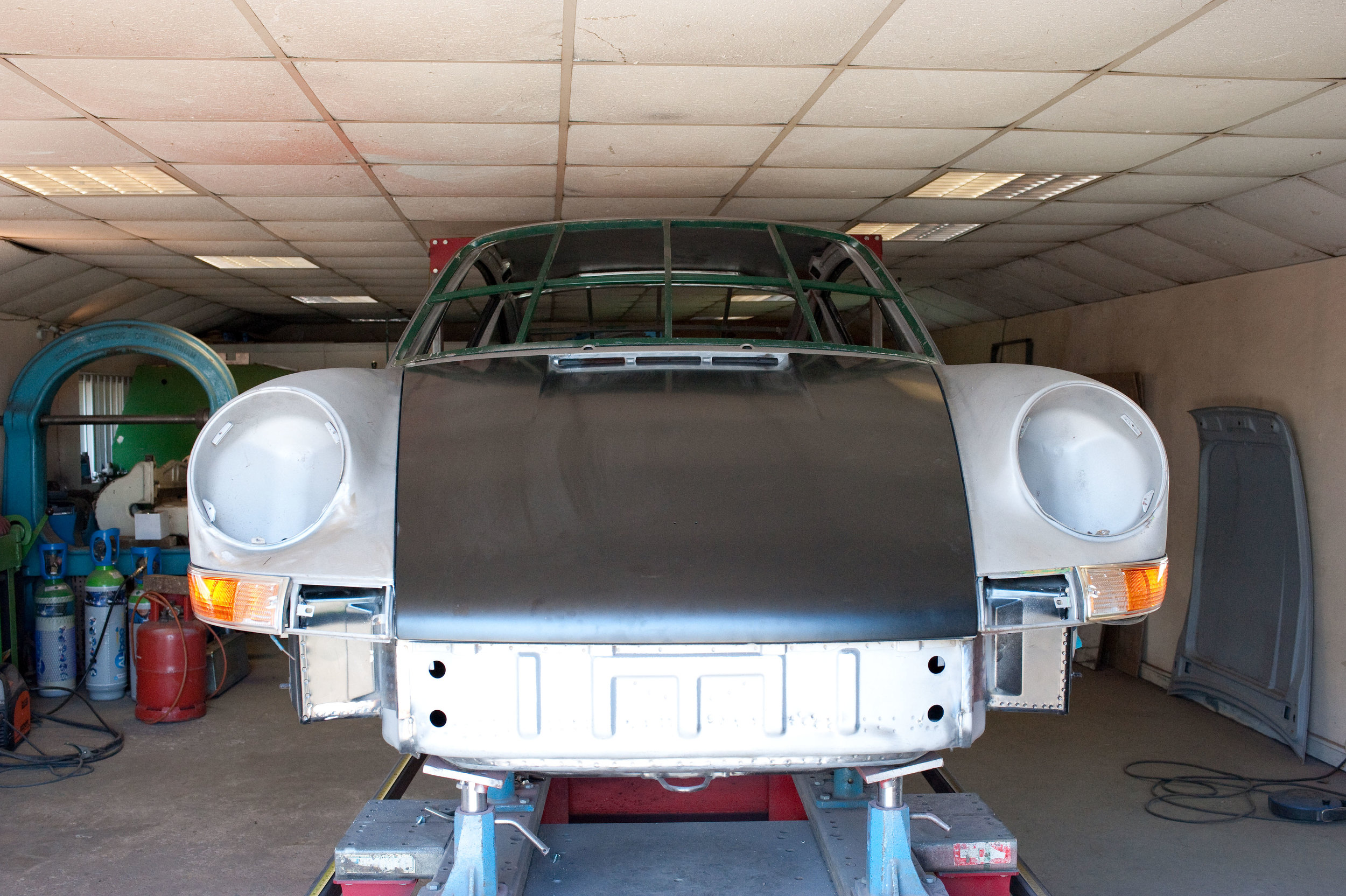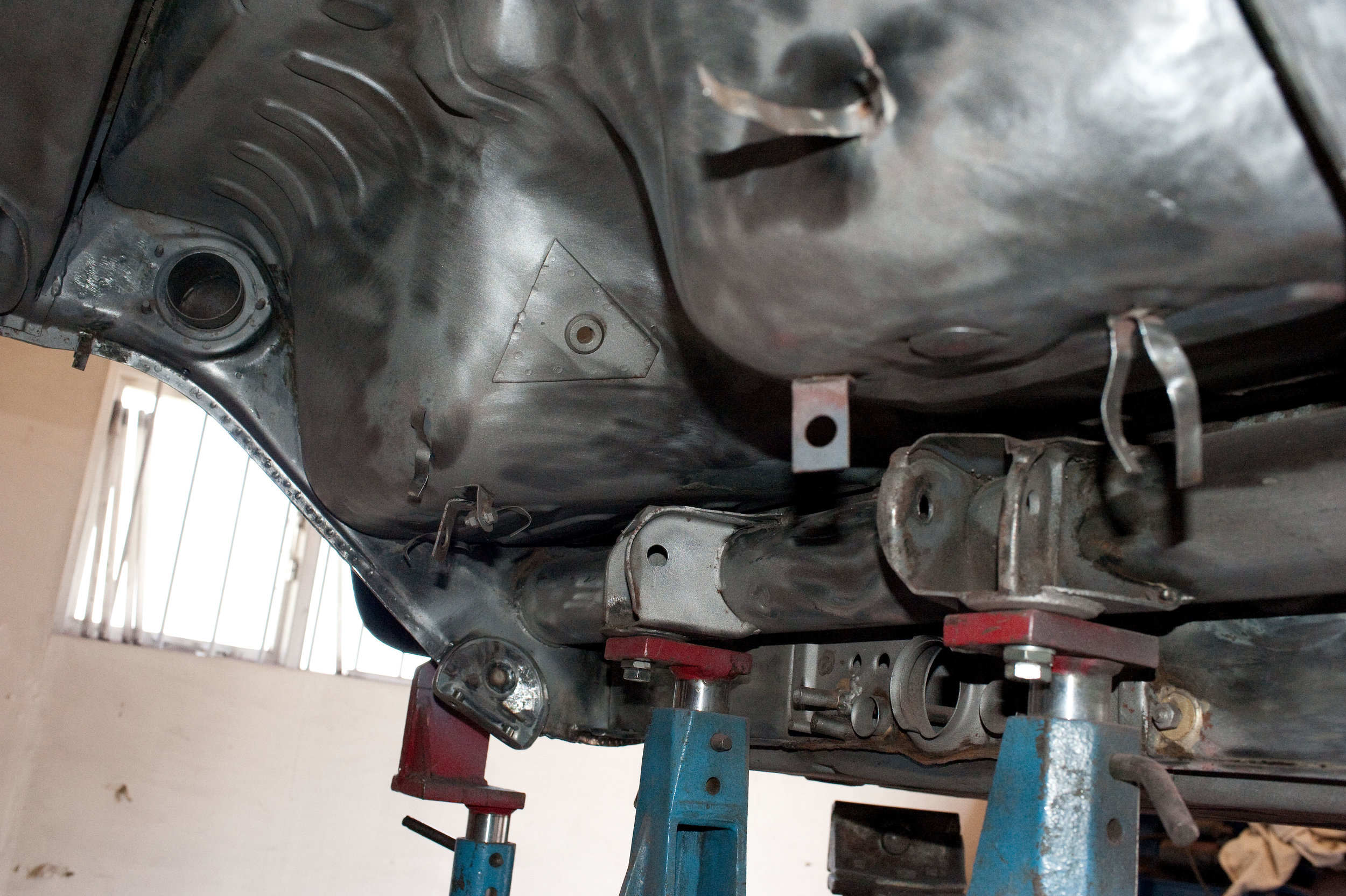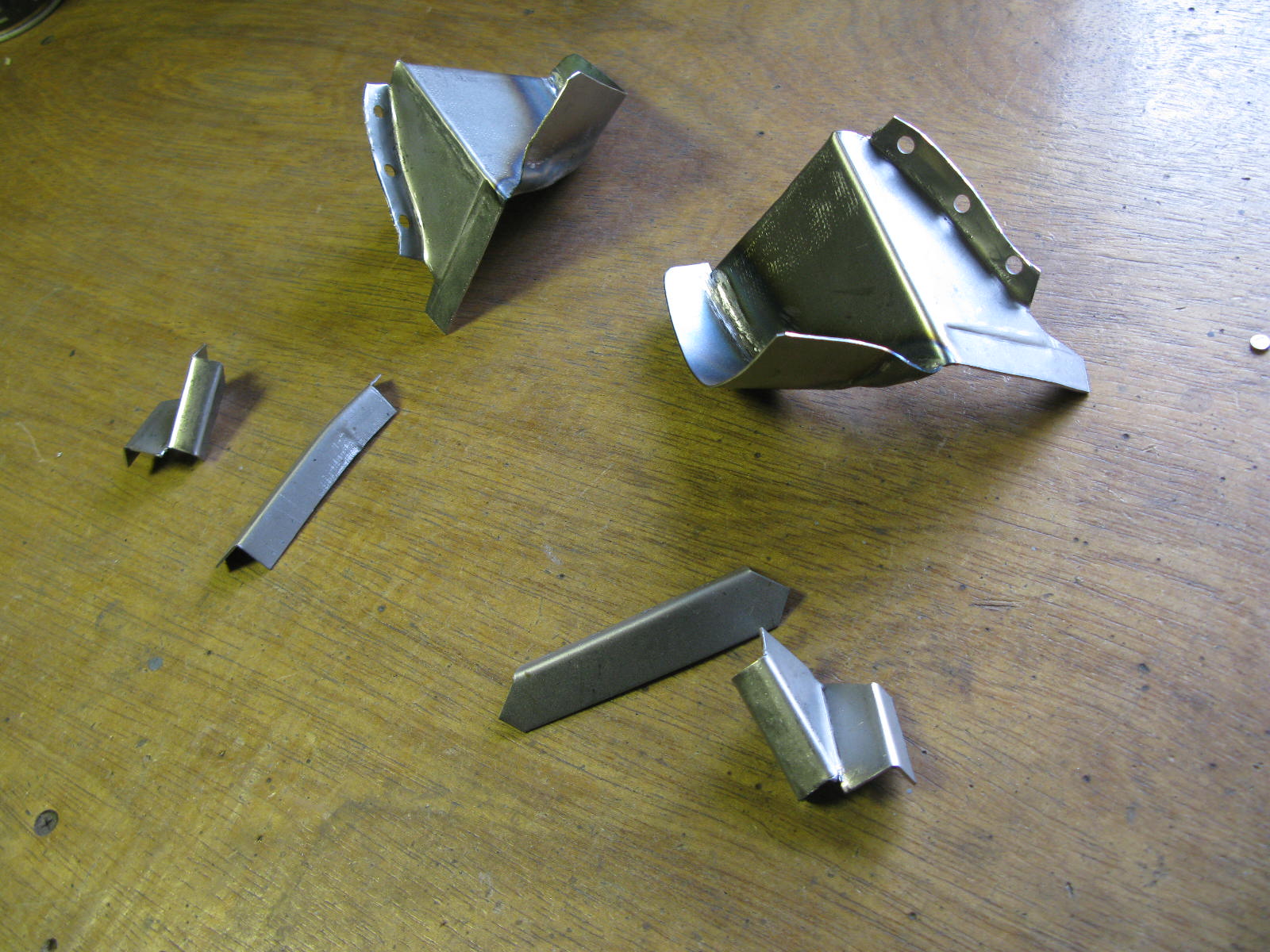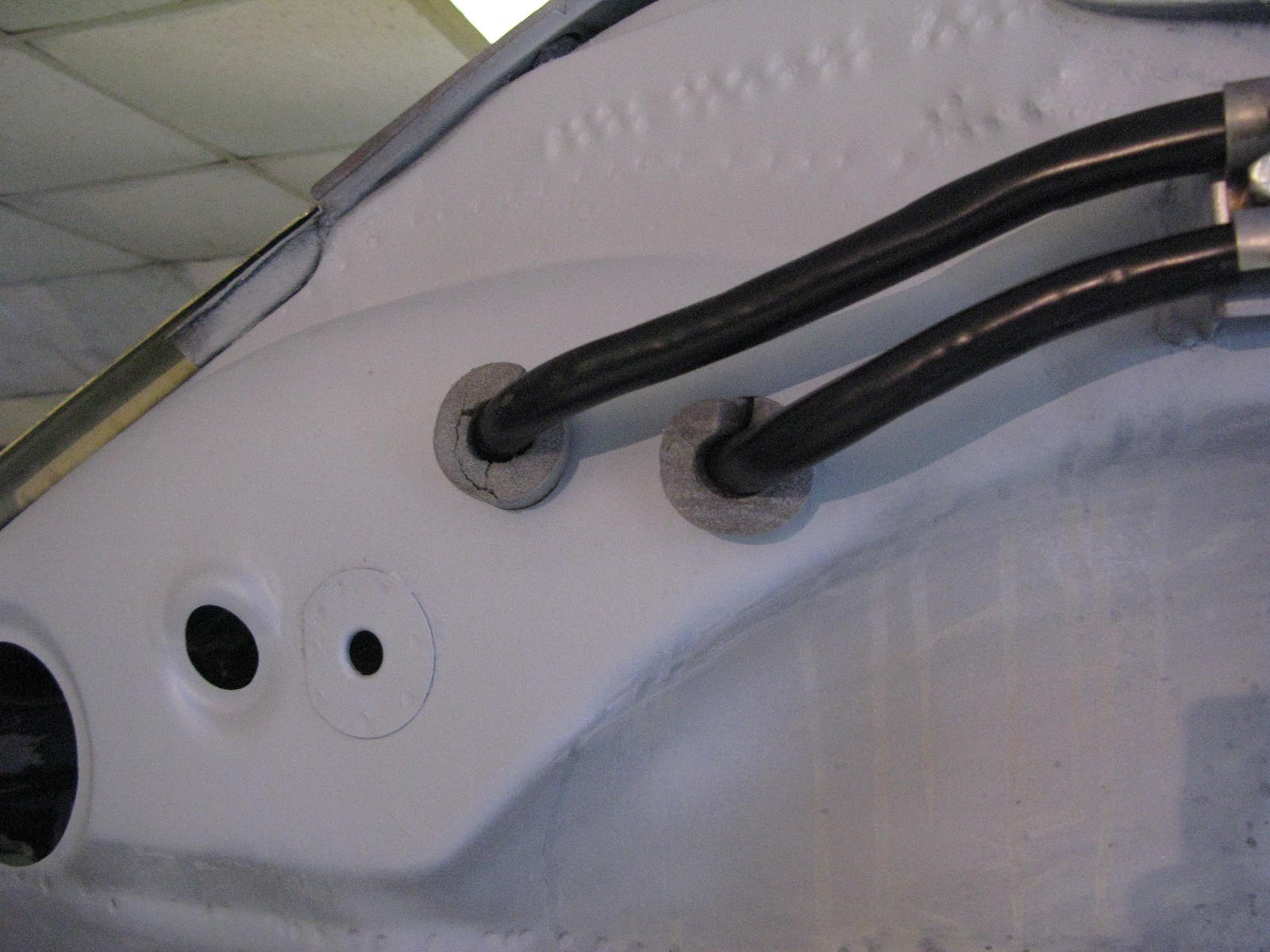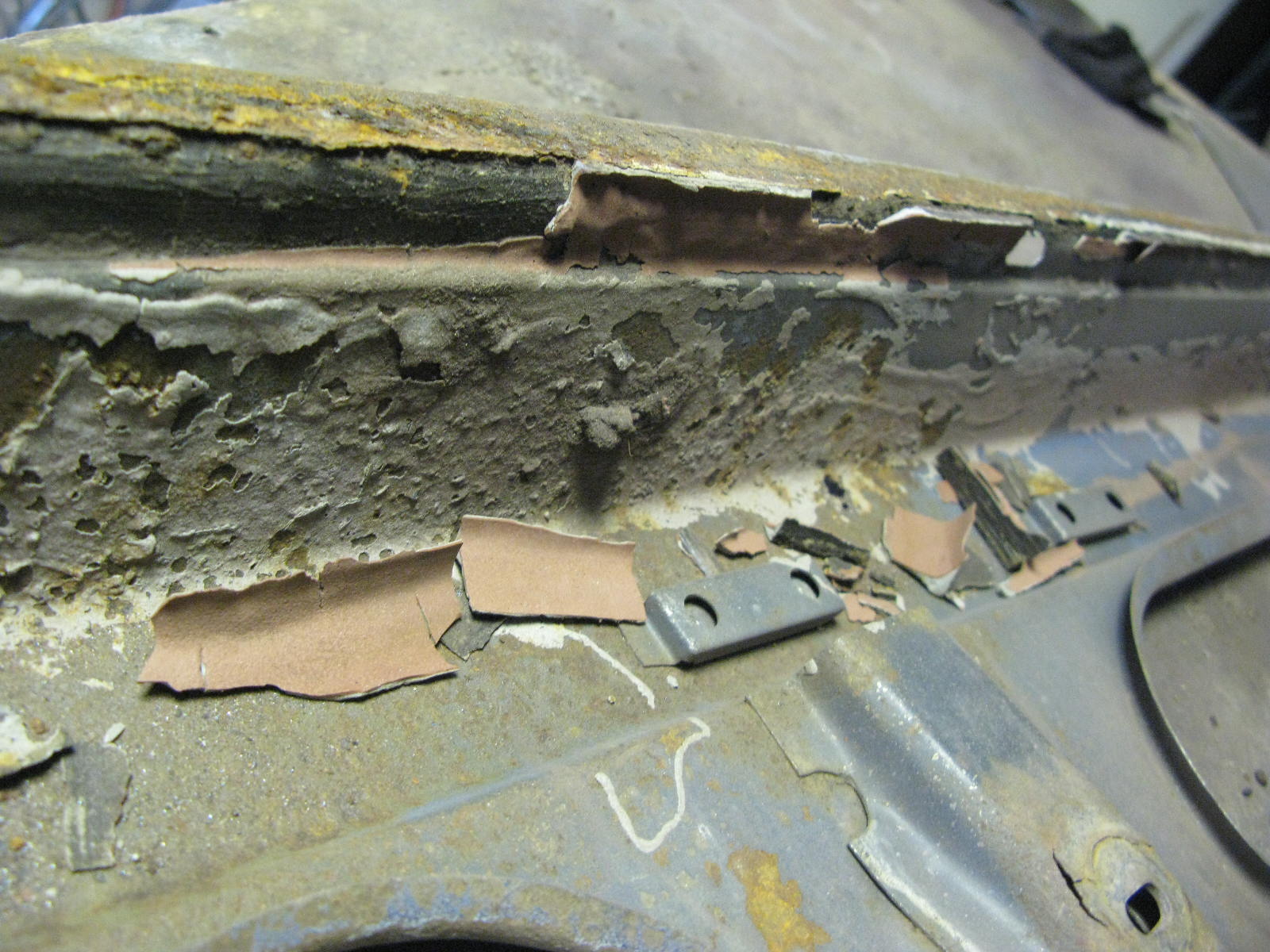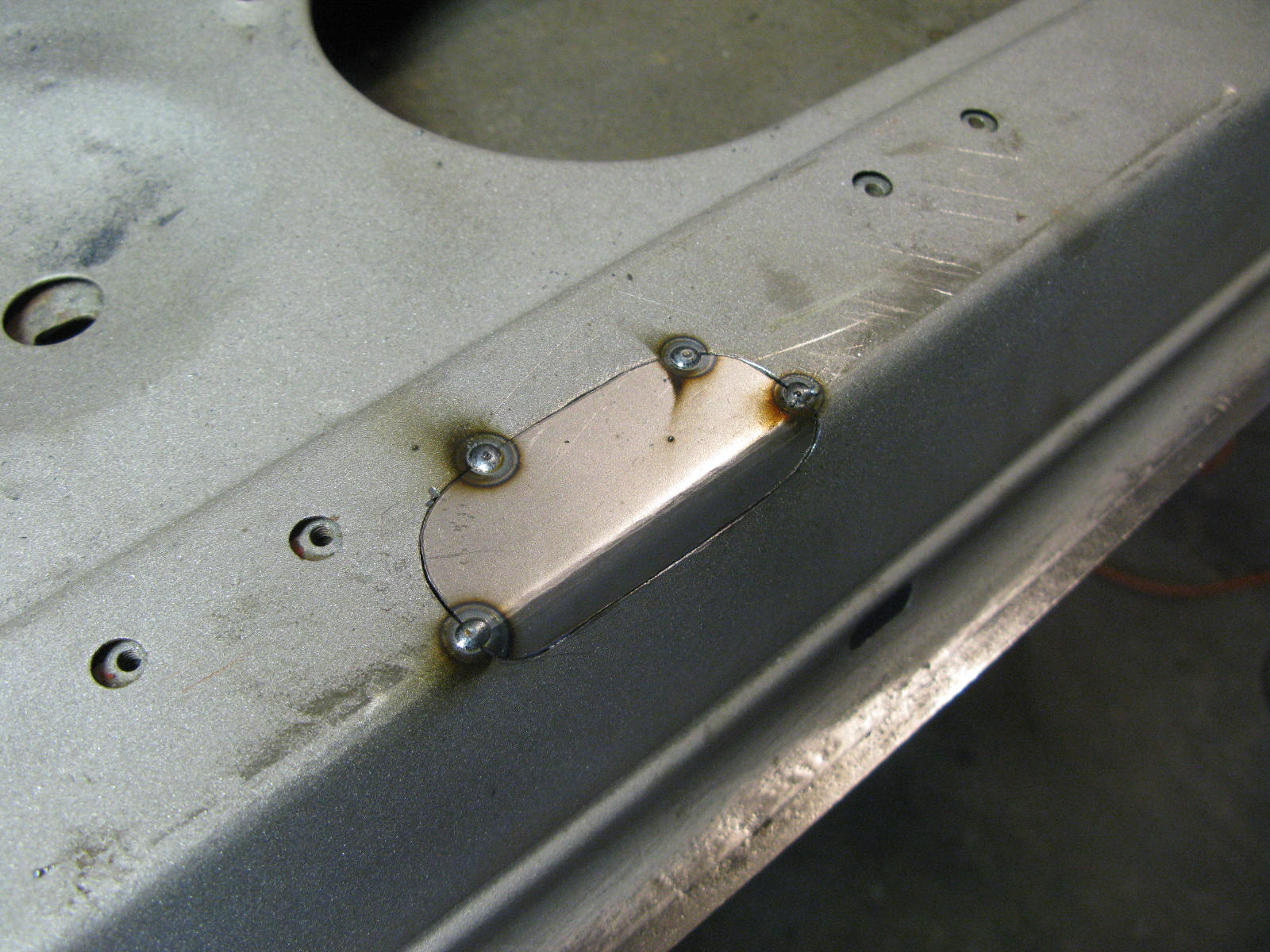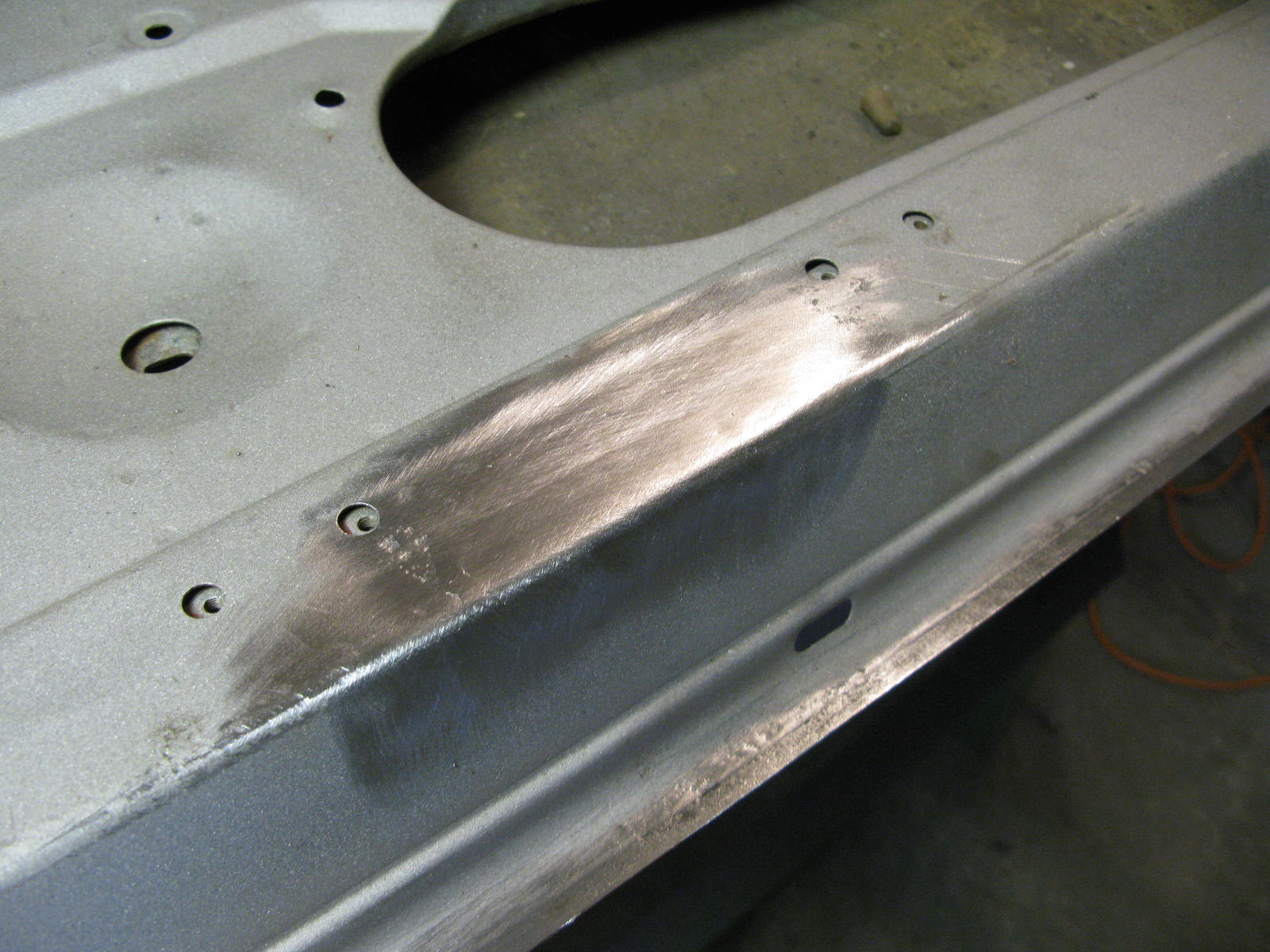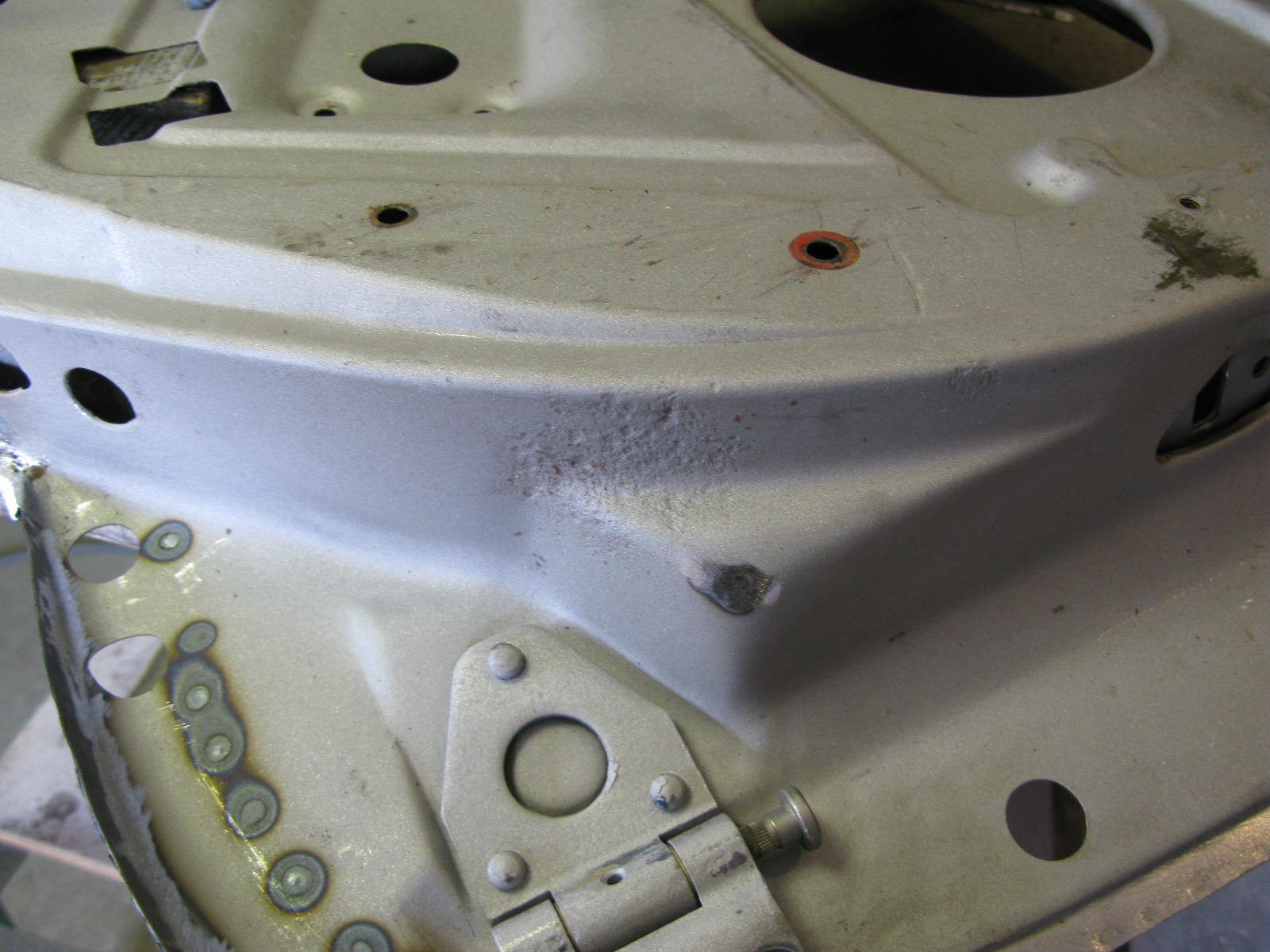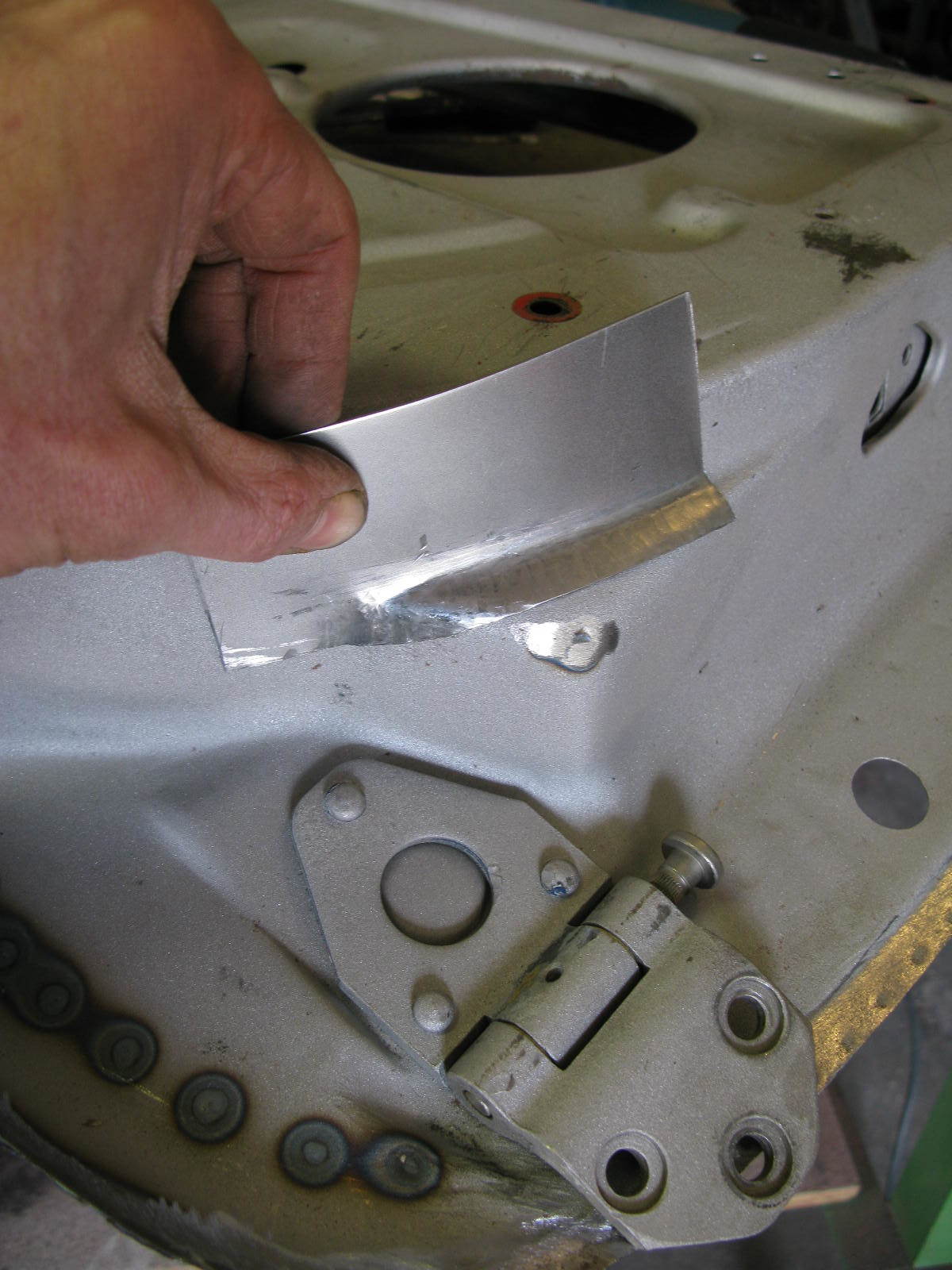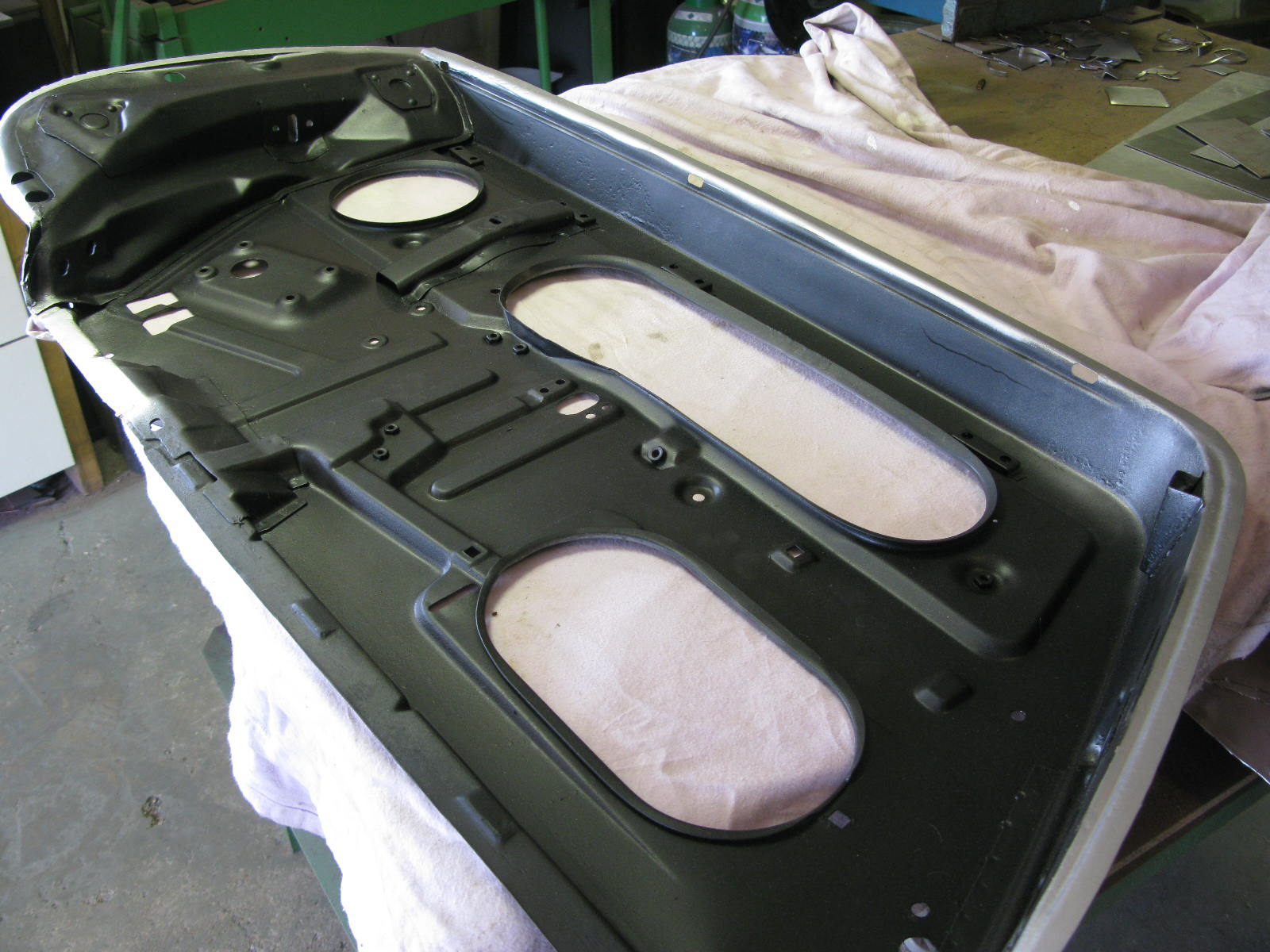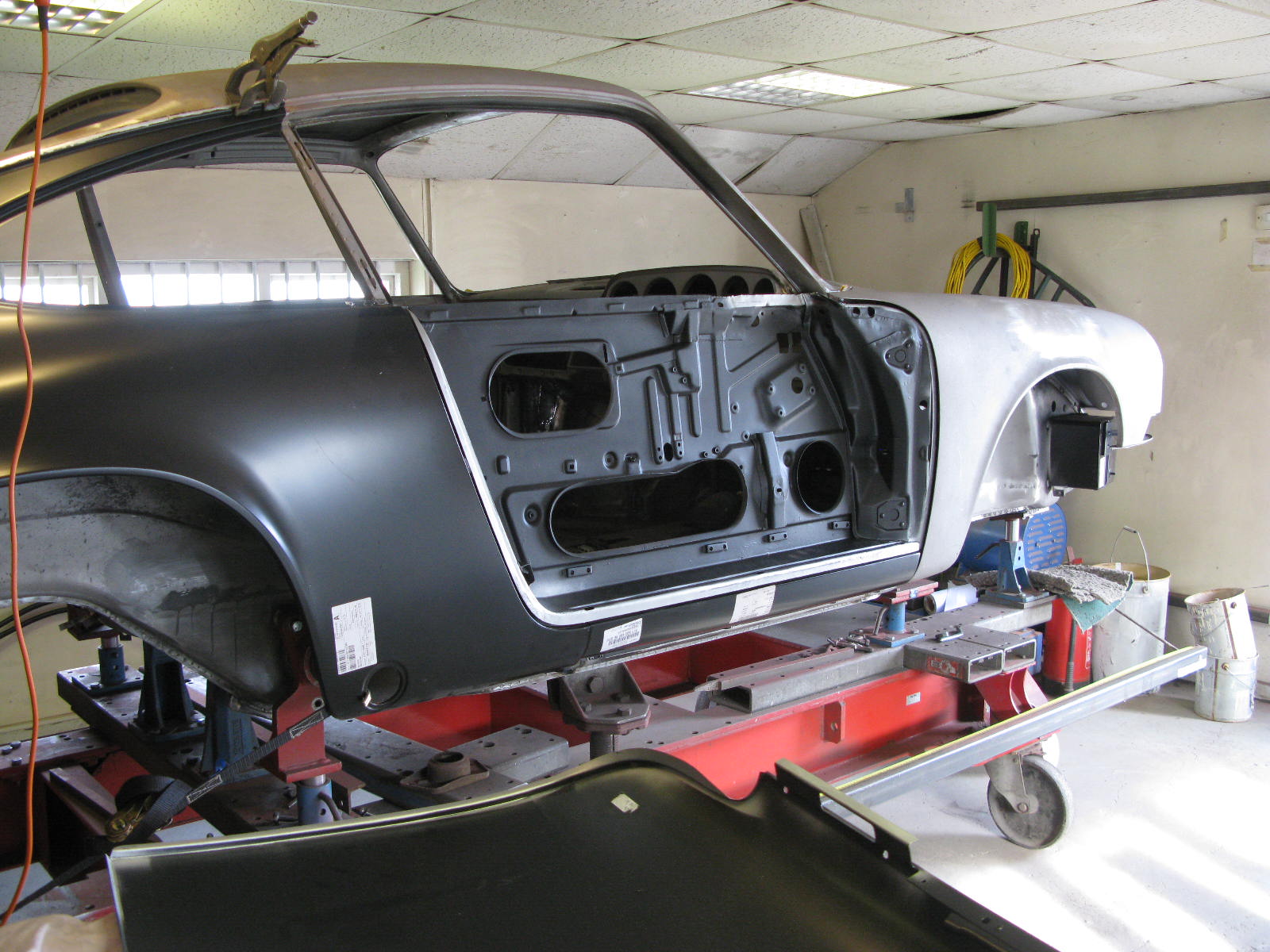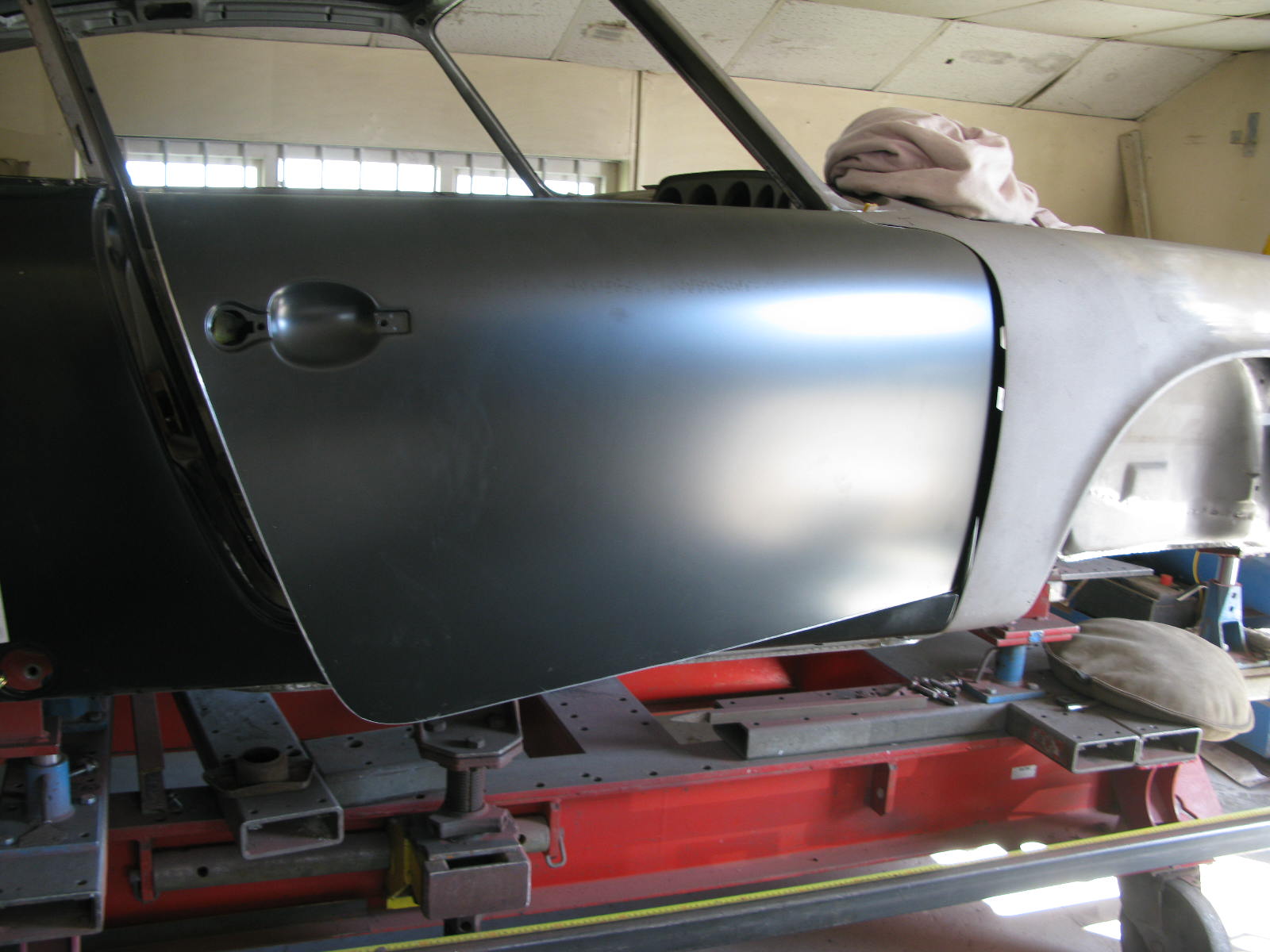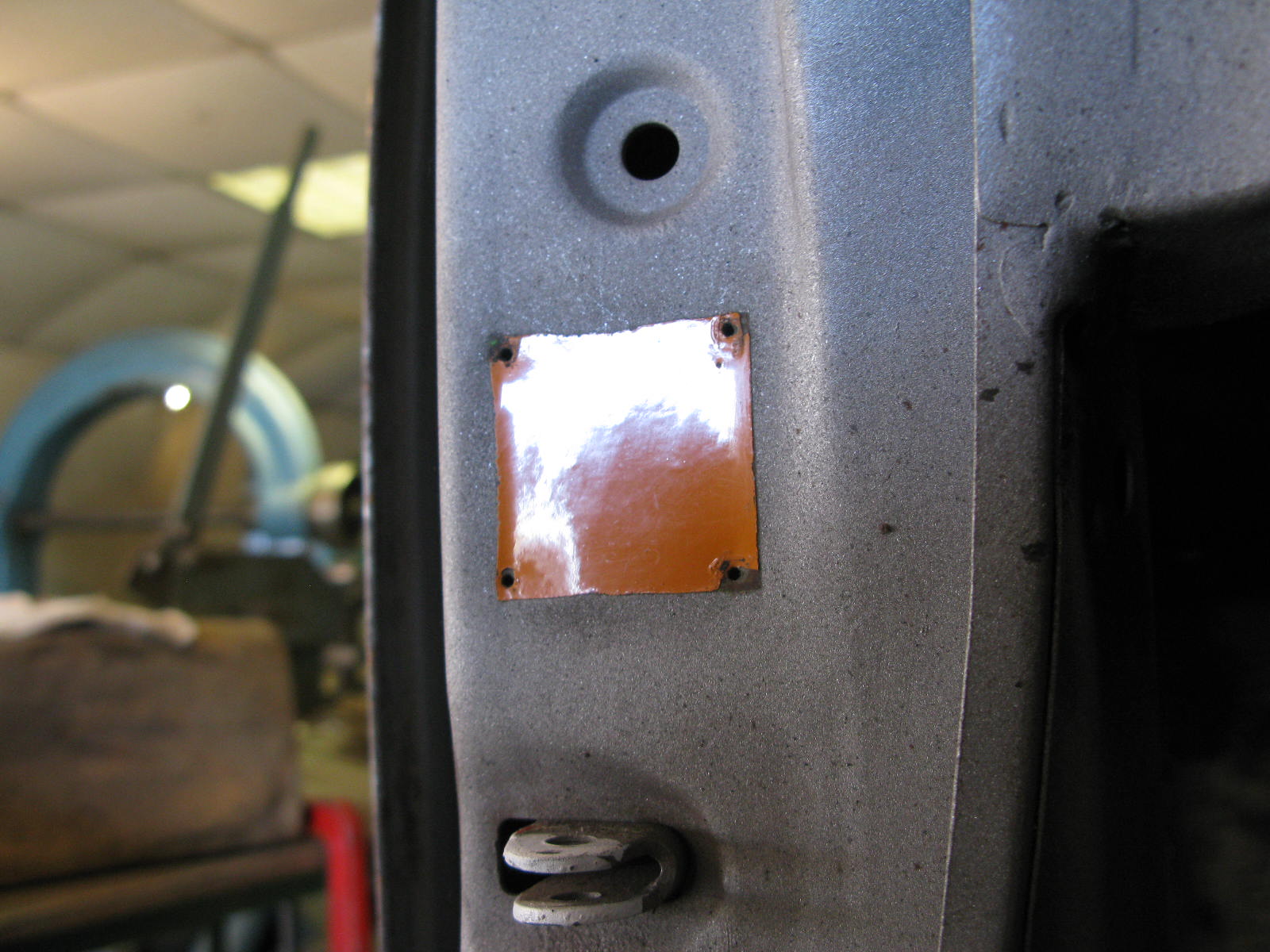So that's the shell done. Next stop paint.
Original front wings were used. A set came with the car, and they cleaned up very nicely.
The RH wing needed a repair in the headlamp bowl area. Barry said:
I think this is my favourite repair on the whole car. Technically it's one of the hardest.
Once done, the various issues with the headlight fit were overcome, and a smidge of lead added to the wing to deal with the indicator fit. As I said before, woe betide anyone temped to use filler here, it'll end in your tears and their laughter should you dink it revealing a blob of plastic under that lovely paint.
I'm not sure what to say about gapping. It seems to be a painstaking 3D jigsaw puzzle, where getting one piece in place sometimes dislodges another.
Anyway after various iterations and a lot of patience, my shell was looking pretty good. I had a chance to visit in person and take a few photos - see what you think.
So we tried it out. Using two imperial units of mass - the Barry and the Sandbag.
Barry's report on the experiment:
With the assistance of one of my workshop neighbours we measured, using a digital vernier, the door gap change just above door handle height.
I sat (feet dangling) on the rear slam panel with my sandbag in hand. This combination weighs in at 89kilos (72 for me, 17 for the bag). The centreline of the rear panel is around 125mm rearwards of the rear engine mount centreline, so we've gone quite a bit over the calculated weight.
...which you will remember was 80kg ish.
Results:
The total movement was .22 of a mm.
I have to say, when you lean on the rear slam of your car, you'd swear the rearmost brackets were still in. You just can't feel any notion of motion as one might say.
Conclusion:
It's always been Barry's practice to have the top door gaps a tiny bit tighter than the bottoms. They only ever go out at the top when loaded up with drivetrain, when well-used, etc. Apparently the official Porsche manual says that too.
So that's enough. The very small movement is taken care of by the usual procedure. No weightlifting action required at the painters.
As the metalwork drew toward a close, and thoughts turned to paint, gapping became a bit of a pre-occupation. More on that later, but I wanted to share the results of a little experiment.
One Porsche painter said to me that they prefer to re-gap with the engine and gearbox in the car. In their view, on some cars, the door gaps move quite a lot when that lump of mass is added, and they like to compensate. That got us thinking. Barry hadn't heard of any painter doing that sort of pre-loading on one of his shells but, as you might imagine from someone whose email address is doorgap@, he wasn't inclined to let it lie.
So we did a little experiment. First: find the required mass we could hang off the rear engine mounts to simulate the engine and gearbox in their correct places. A few calculations and...
... we concluded that hanging 80Kg off the rear engine mounts, with the front engine / gearbox mounts attached to the jig, would be a close enough simulation.
So after the first proper round of gapping, with everything looking quite nice, we tried it out.
The 2.2 wouldn't have had sill closers to the front originally, but they are a no-brainer. They help keep the road muck out of the sills, fully box them and are hardly visible when the car is built.
The 2.2S is complicated of course by having those oil pipes, so there has to be a compromise on the sill closer to this side. Even so, it can't help but stiffen the whole structure up.
To the rear, a kidney bowl has to be modified to allow the oil pipes through. We put a tiny flare on the top of the metal, so a) there's no chance of it fretting the pipes, and b) it gives somewhere for the bead of sealant to sit neatly.
With the oil pipes, kidney bowls, jacking points and reinforcements plus those closers all in place, the outer sills could be welded in.
Same as the other side, although on this side the frame needed fewer repairs.
With the car dry assembled to the doors as supplied, the door could be removed, and the skin safely stripped away, safe in the knowledge that all references are in place.
This door was pretty mucky inside, and needed a few frame repairs.
Barry: With the frame repaired, and multiple test fits to the aperture (as they move a lot during the repairs, hence why it's critical to have your shut-hole all ready pre-aligned), the door could be prepared for the new skin.
Again, after multiple fittings, the skin could finally be tweaked over and welded into place. When they go well, they are a very rewarding panel to see back on the car. There are multiple ways of royally cocking it right up though, so it's always a relief to get the doors fitted for the last time.
A couple of pics from the workshop that I enjoyed receiving.
The original paint code plate on the A-post was very much the worse for wear when I got the car. But it survived all those years, including during blasting, protecting a little patch of paint.
Lovely - it has its original colour and still a bit of shine. So that's the paint formulation sorted. Whatever matches that square is correct, as far as I'm concerned.
By the way we're not stripping that original bit off. Will mask it up during the paint process so it can go back under the replacement paint code plate in the end.
I think we have fully established on this build that anything with a layer of primer on it must be assumed to be crappy. Nevertheless, today's nasty surprise was actually surprising. Surely the bonnet, which has been sitting there innocuously in its grey primer for 2+ years, looking for all the world like a new one, was above suspicion?
Er, no... This morning's 07:25 email from Barry read as follows:
Bad news on the bonnet I'm afraid, it's toast, or at least is as far as a high standard restoration like yours is concerned.
It's been well dented, and poorly pulled out. Probably more seriously, it's got a nasty pitting to much of the area I've stripped, possibly it's been crudely repaired and then left in bare filler in the damp? Either way the conclusion is the same, we need a new bonnet.
Balls. Another £1560.24 to Porsche.
Here's how that cautionary tale looks in photographic form.
Bonnet, as bought (with car):
Looked quite nice. Reality, as revealed this morning:
Bought a few bits. Went to Palm Springs.
Rental car (BMW 6 series convertible) was quite acceptable.



